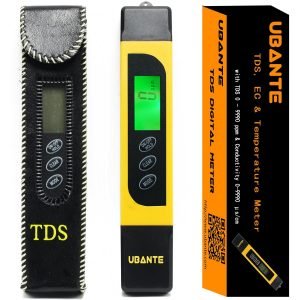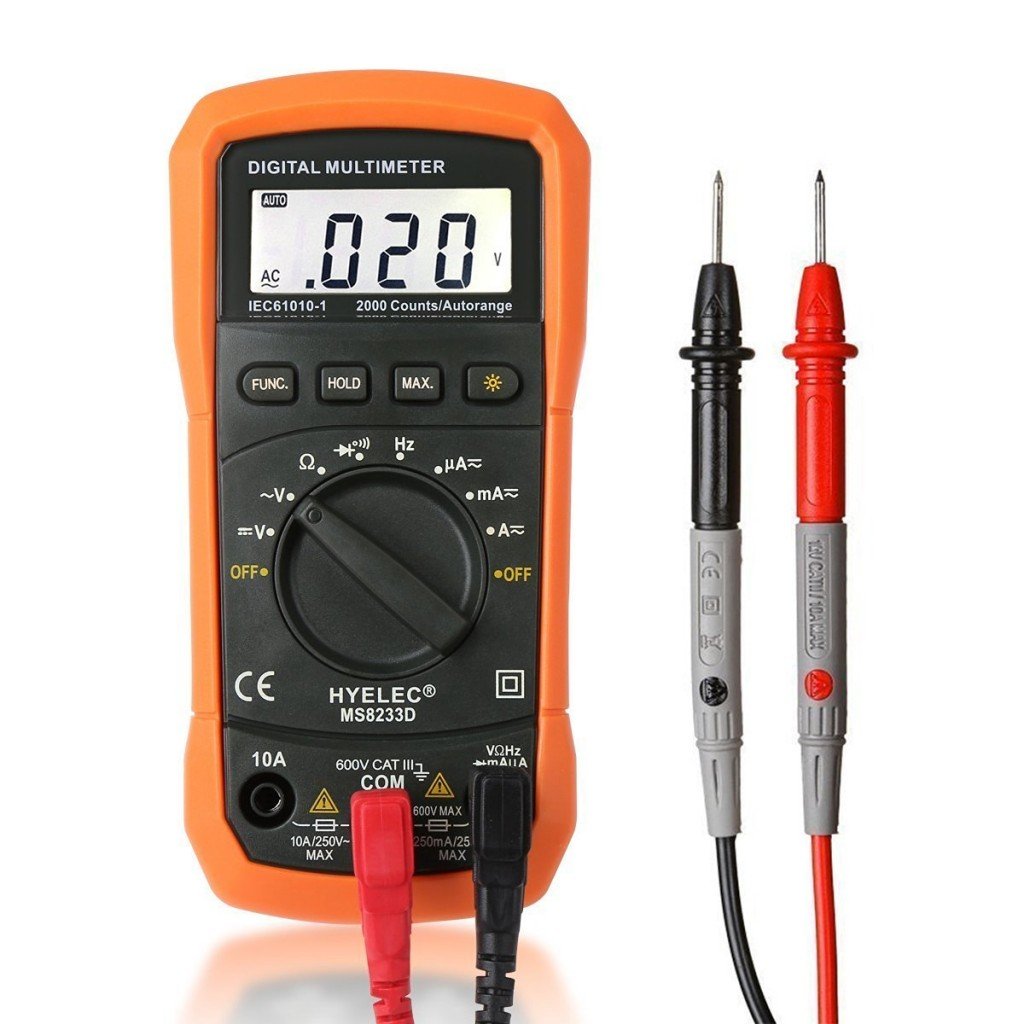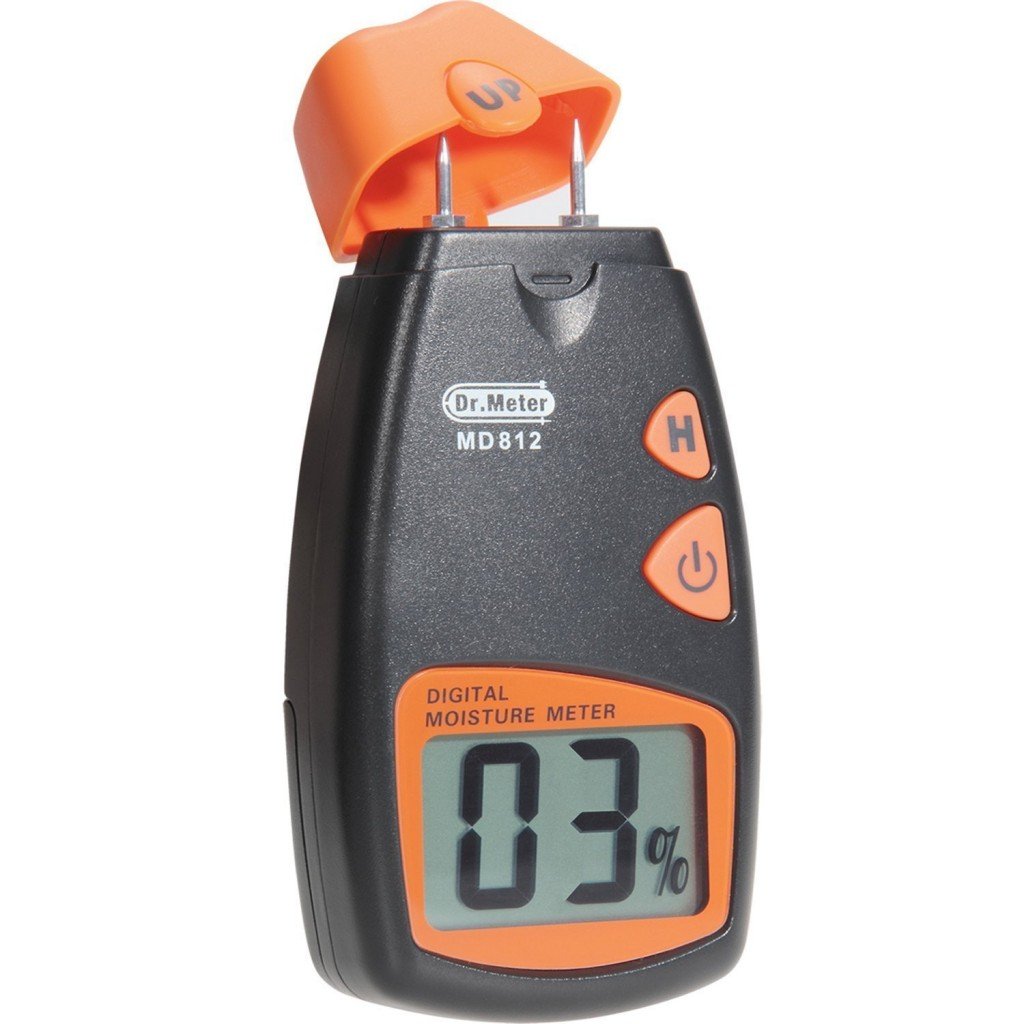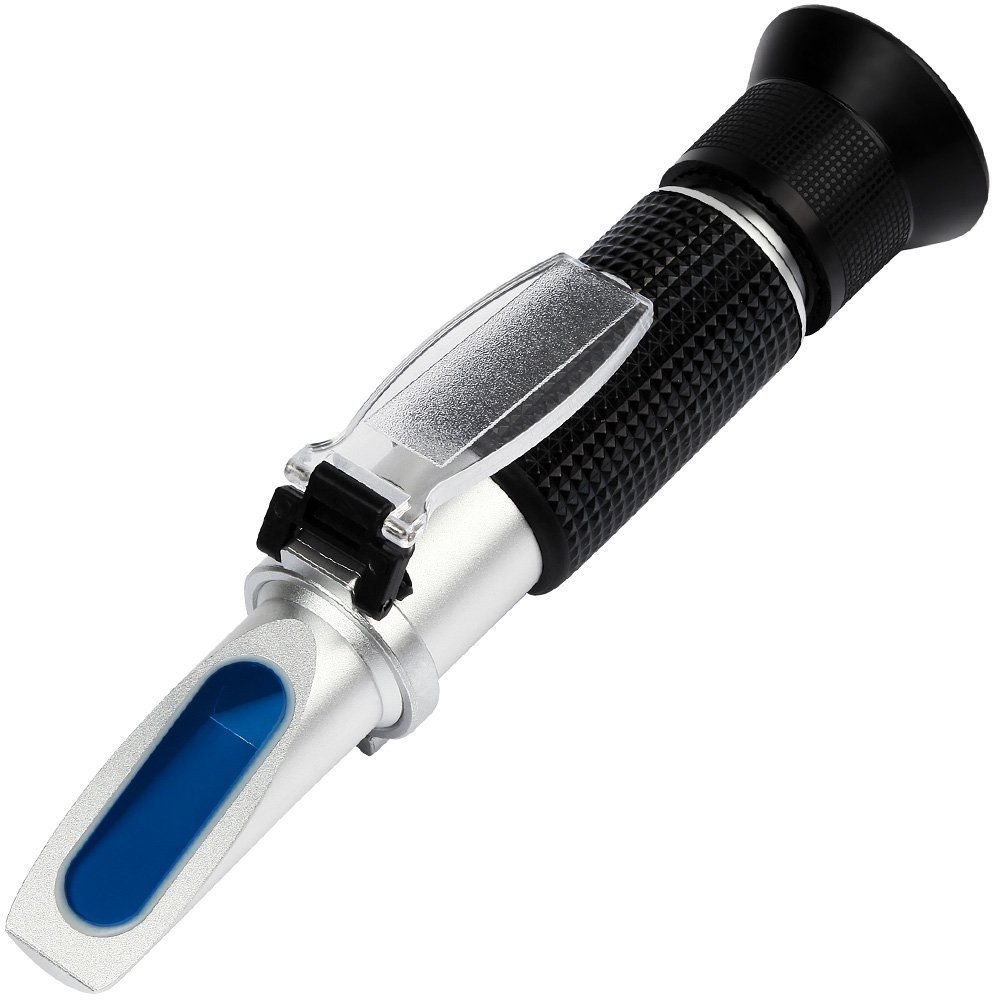The Best TDS Meter is mainly used to testing the quality of water consumed or used. And if you are reading this, you know that this is becoming a very important issue today, as water from the majority of sources contains unhealthy levels of impurities such as metals, salts, and minerals.
A TDS meter sometimes called a ppm pen, TDS stick or nutrient tester is a simple digital tool that offers you the convenience of checking water quality wherever you go, at any time. TDS means Total Dissolved Solids.
The meter measures water purity in ppm (parts per million). 0 ppm implies a low TDS level and means that the water is pure whereas a higher TDS level implies more impurities in the water.
Below are insightful reviews of some of the best TDS meters in the market today:
HM Digital TDS-EZ Water Quality TDS Tester Review
Using the TDS-EZ is quite easy especially because the meter saves measurements (using the hold function) to give you an ample chance of reading and recording the measurements.
The meter uses two non-standard batteries with an average battery life of 1000 hours. You are assured of a long battery life by the auto-off function that shuts the meter if it’s left unused for 10 minutes to conserve the battery.
The durability of the meter is also enhanced by the strong translucent blue housing that protects the LCD display and other sensitive parts of the tool.
However, the TDS-EZ lacks an automatic temperature control function which means if you measure the same water at different temperatures, you’ll get different TDS levels. The application of the meter is thus limited only to water at room temperature.
HM Digital TDS-4 Pocket Size TDS Tester Meter Review
With this pocket size water quality tester, you can confidently measure the water quality of your drinking water. And it doesn’t matter whether the water is ice cold or hot, the TDS-4 has an Automatic Temperature Compensation capability that ensures consistent readings regardless of water temperature changes.
You can use the TDS – 4 to perform repeated measurements provided you understand how to do it. The instructions provided on the usage guide will come in handy every time you are using the meter, and following them increases the chances of recording consistently accurate readings each time.
Using this water tester is absolutely simple, though you’ll have to take great care when using and storing it. The procedures involved in repeated measurements can be quite challenging but you don’t have a choice if you want accurate results. A small drop in battery voltage can lead to a significant error, so you have to always keep fresh batteries in the TDS meter.
HM Digital DM-1 In-Line Dual TDS Monitor Review
Installing the DM-1 is super easy. Just turn off the water, cut and install the two tubes appropriately and attach the “IN” sensor to your tap water and the “OUT” sensor to the product water. Turn water back on and start recording. The “IN” and “OUT” sensors determine the operating/rejection rate of your filter or membrane.
The water tester also has an auto-off function that helps to conserve the 2 non-standard batteries used. With this TDS meter, you have a long-lasting and reliable water quality tester that will measure TDS levels to an accuracy of +/- 2%.
The only downside of the DM-1 is that just like the TD-EZ and TDS-4 meters, the measurements are displayed in 3 digits. This means that for TDS levels higher than 999 ppm, you have to multiply the reading on the screen with 10. But the x10 indicator always flashes when this multiplication needs to be done so keep a keen eye on it when using the meter.
UBANTE Professional Quality TDS Meter Review
Offering a +/- 2% measuring accuracy and a measuring range of 0-9990ppm, this TDS meter is used in a wide range of applications including testing drinking water, water for aquariums and hydroponics, or even testing your coffee to ensure that it’s healthy.
The TDS meter can be used in water with temperatures ranging from 0.1-80.0°C. It has 4 display modes which are turned on and off using the SHIFT button. These are the TDS – ppm & °C mode, the EC – µs/cm & °C mode, the TDS – ppm & °F mode ,and the EC – µs/cm & °F mode.
Other features include the lock function that makes it easier to read and record measurements and a 5-minute auto-off feature that ensures the battery doesn’t run down when the meter is not in use.
TDS Meter Buying Guide – How to find the best TDS meter for your needs.
The main factor to consider when choosing a TDS meter is the intended use. A TDS meter can be perfect for measuring water for filling swimming pools or aquariums but completely useless for measuring drinking water quality.
Focus on the measuring range and the accuracy level needed for your intended application. Therefore, it’s important for you to know the ideal TDS level(s) for the water you are intending to test before purchasing a TDS meter.
Also, consider the portability factor of the TDS meter, in case it will be moved to different locations frequently. Some meters will also require specialized calibration accessories. How easy is it for you to get such accessories and actually use them?
Lastly, consider the durability of the tool in relation to your intended application. If it’s for outdoor usage, for example, can it withstand harsh environmental conditions?
Taking time to carefully evaluate these factors is an almost sure way of ending up with the best TDS meter for your needs, and one that will provide the best value for your money.







